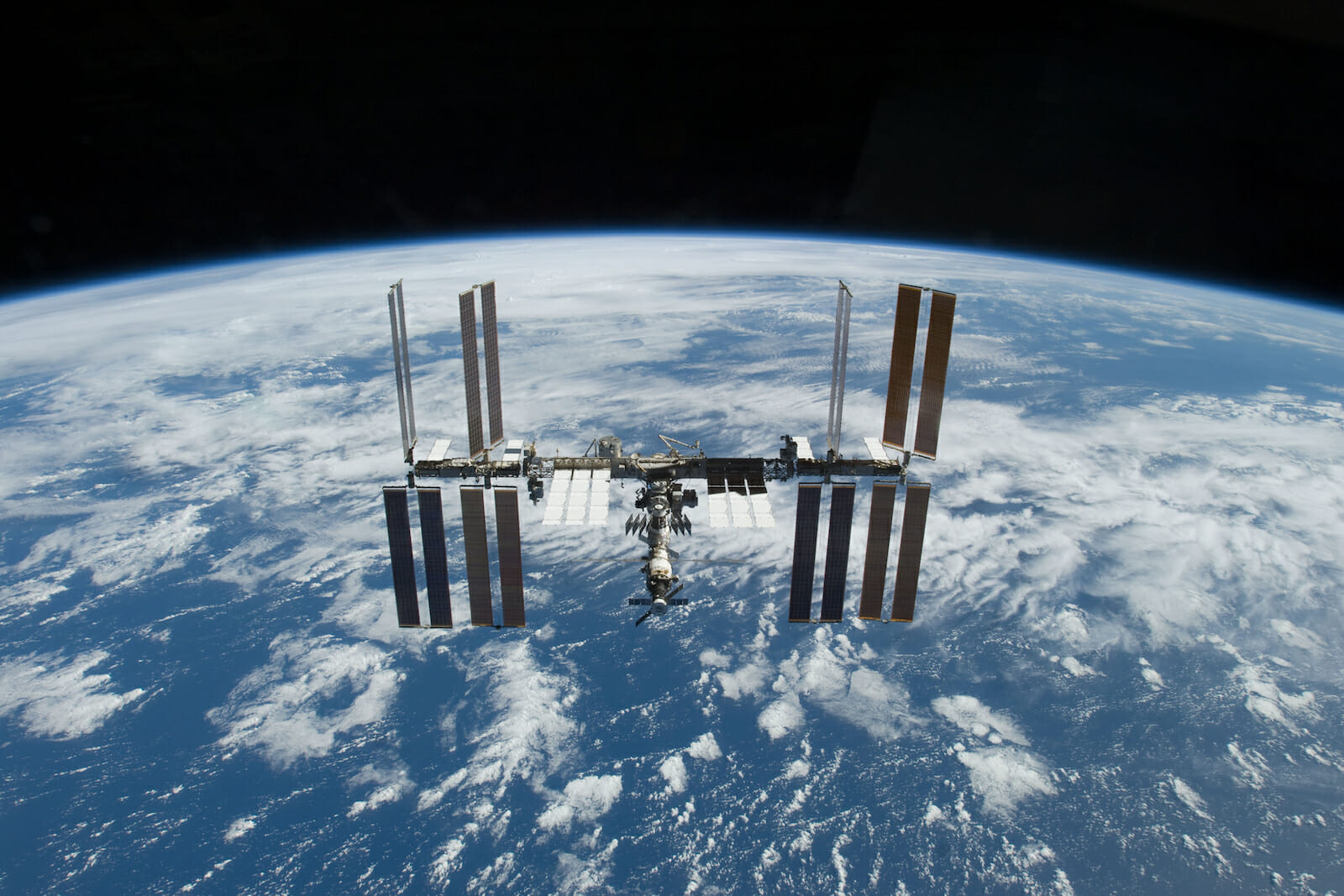
Science
How NASA Could Influence International Climate Policy
The majority of people likely think of the National Aeronautics and Space Administration (NASA) in terms of its spectacular history. After all, NASA has put men on the moon, launched rockets into space, and photographed far-off objects in space. It continues to astound us with new data that helps human beings scratch the surface in understanding what makes up our universe.
NASA has also been touted for its incredible technology, including using compressed air to power its rockets. When taking off, space shuttles burn through a swimming pool’s worth of liquid fuel every 25 seconds. During acceleration, turbines spin approximately 13 times faster than those in a car driving on a highway. It almost sounds like science fiction. In truth, NASA has proven multiple times that it has the capability of making what seems like science fiction a reality.
But NASA also plays a huge role in helping the world understand Earth. In fact, NASA has provided great insight into our planet’s climate and environment, and this knowledge can be highly influential as leaders develop policies related to climate change.
For more than five decades, NASA has specifically observed Earth in more than 60 missions. The data and observations scientists have collected through those programs have provided critical information otherwise left unknown from the planet’s surface. Below are a few ways NASA’s research could offer important clues to the future of global climate that should be considered when determining global policy.
Predicting global climate changes and patterns
While numerous NASA programs show the day-to-day weather patterns and other environmental conditions, they can also provide insight into long-term issues like Earth’s atmosphere and evolving temperatures. The Earth’s atmosphere is 78% nitrogen, 21% oxygen, and 1% other gases, and the device ASCENDS CarbonHawk Experiment Simulator, or ACES, can detect and measure carbon dioxide in the atmosphere.
In addition, the Aquarius/SAC-D Satellite Mission was specifically designed to measure monthly how Earth’s seawater salinity varies at the ocean’s surface. This salinity map offers key information regarding how variations in climate induce global ocean circulation changes and how our oceans’ cycles respond to climate change.
Satellites have been used historically to predict severe weather. They have been able to see where tornadoes and hurricanes will hit, and they can then help affected regions prepare accordingly. Soon, weather forecasters may be able to use salinity maps like the one created by Aquarius to predict storm behavior with even more accuracy.
The rise in the planet’s sea level has been connected to the rapid melting of glacial ice. In 2012, researchers used data from NASA to complete a comprehensive satellite study that calculated how much of Earth’s melting glacial ice is adding to the rise in global sea level.
The researchers used data from 10 satellite missions conducted by NASA and the German Aerospace Center Gravity Recovery and Climate Experiment (GRACE), to measure ice mass lost on Earth from 2003 to 2010, focusing particularly on glaciers and ice caps near Antarctica and Greenland. They found that 4.3 trillion tons of ice mass was lost during that period of time.
By observing the rate at which Earth’s glaciers and ice caps are melting, researchers can predict future sea-level rise and its implications. Global climate policy can then be tailored to these predictions based on evidence borrowed from NASA’s research.
How NASA’s research and observations can shape climate policy
NASA’s data surrounding climate change has the potential to be the backbone of an integrated plan to tackle global climate change. Combined with the research of other experts around the world, NASA’s data and observations could help world leaders take into account the patterns observed regarding climate change. They could then develop models to predict the progression and formulate a plan to use energy adaptations to decrease humans’ consumption rate and slow or stop the progression of these serious problems.
NASA’s data could be made available as highly useful information for agencies and companies that are utilizing renewable resources and developing other solutions to combat climate change. Green technology companies including green aviation developers would greatly benefit from the research NASA has done and is capable of doing. Providing this data to the public would help promote cutting-edge research in the works, which could consequently raise awareness of climate issues and encourage more participation on the citizen level to improve the situation.
Furthermore, NASA could work more closely with other agencies in both the U.S. and around the world. More integration of the agencies’ environmental programs could create an arsenal of research, knowledge, and ideas from leading thinkers on climate change and policy.
There are 21 NASA spacecraft currently observing Earth from orbit and five other missions in development. The data NASA has collected over the past decades has been critical to understanding how Earth is changing and humans’ effect on that change. In the future, it could be a major influencer in the world’s effort to tackle climate change.

